Hacks, hobbies, and side hustles: Wildlife photography
Gabi Duncombe on being in the right place at the right time
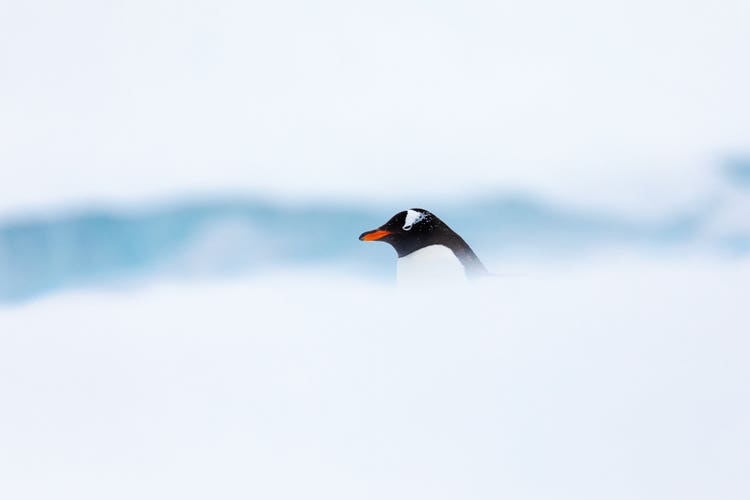
Photography by Gabi Duncombe
Before getting into product design, I was a cinematographer—completely comfortable shooting moving images. But telling stories with a single frame had always seemed somewhat daunting. And wildlife photography felt like a particularly big challenge.
The unpredictability of subjects, variable environmental conditions, and the need for precise technique—all while hoping for a bit of luck—seemed overwhelming. But after making a personal resolution to develop my skills and confidence as a photographer, I decided to take the trip to Antarctica that I’d been dreaming of for years.
It was an incredible opportunity to practice photography in a stunning landscape teeming with wildlife—and great motivation to keep learning and improving. Since then, I’ve continued to look for opportunities to photograph wildlife and along the way, I’ve learned a few things about what makes a good shot.
Look for interesting light
Understanding how to use light is the cornerstone of taking great photographs—and when photographing wildlife, beautiful light can make the difference between an average photo and an exceptional one. I'll often try to go out right before or after a storm, or in the golden or blue hours around sunset or sunrise, when the lighting conditions and colors can be spectacular. If the conditions for light look interesting, I always try to get outside at the right time, even if that means a pre-dawn wakeup.
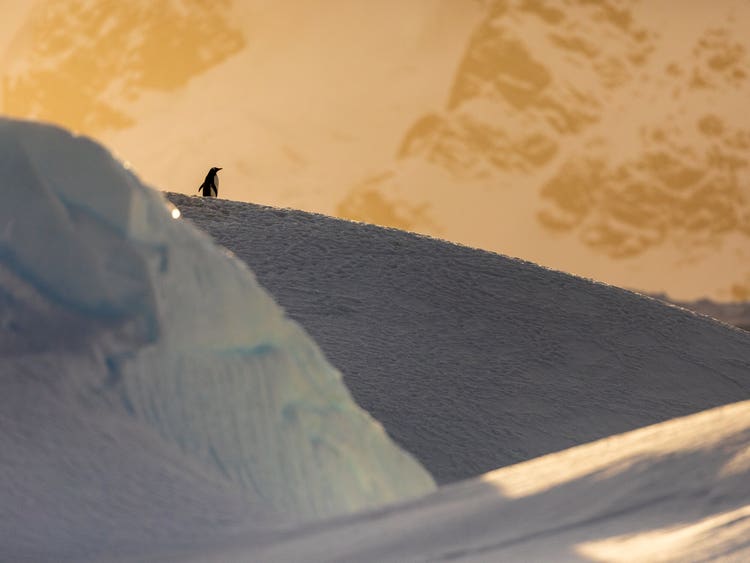
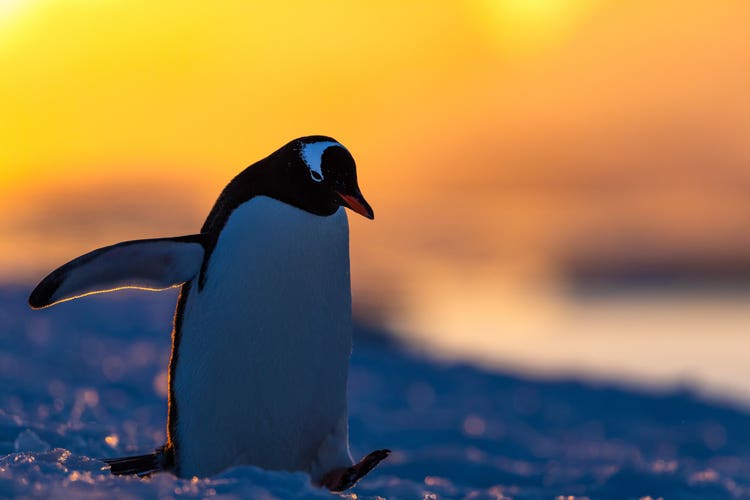
Shooting toward the light at sunrise or sunset creates dramatic backlight.
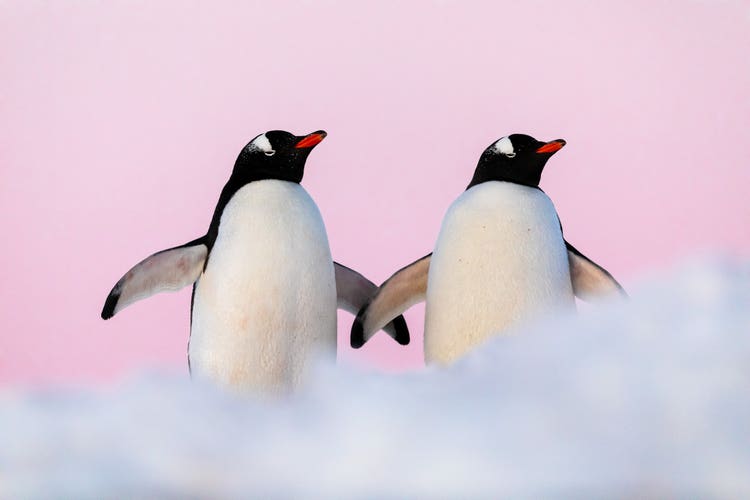
Sunrise and sunsets can also lend dramatic color to the sky.
Take advantage of negative space and natural framing
When photographing animals, I like to look for negative space or natural framing elements and use those in my composition. With all the snow and ice in Antarctica, it was especially easy to make use of negative space, but even when I’m not in a polar landscape, I still use out-of-focus foreground elements (sand, dirt, tree branches) to frame and draw attention to the animals. I also play with my position and angle in relation to the animals so I can use backgrounds to create high-key photographs (bright, evenly lit scenes with minimal shadows ) or low-key photographs (dark, moody scenes with strong contrast and deep shadow).
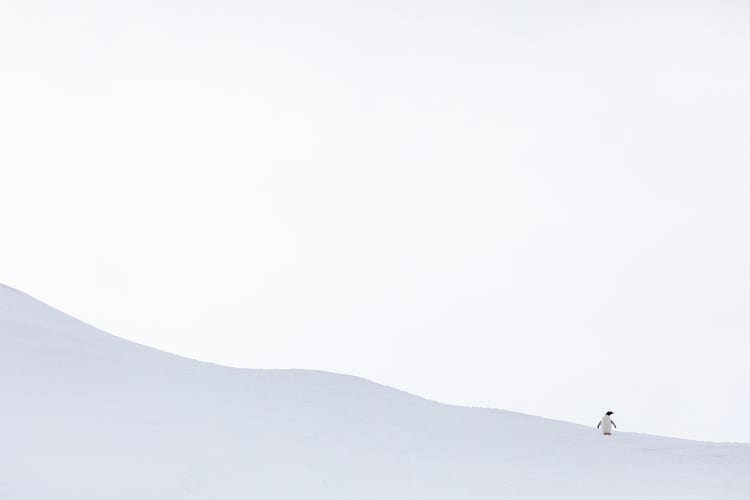


Watch for specific behaviors
When photographing wildlife, it takes time and patience to get photos of interesting animal behavior. I've learned to be patient and watch carefully. If you watch animals long enough, you’ll get a sense of what they’re going to do next. Once you can somewhat predict their behavior, you just need to be ready to press the shutter at the right moment.
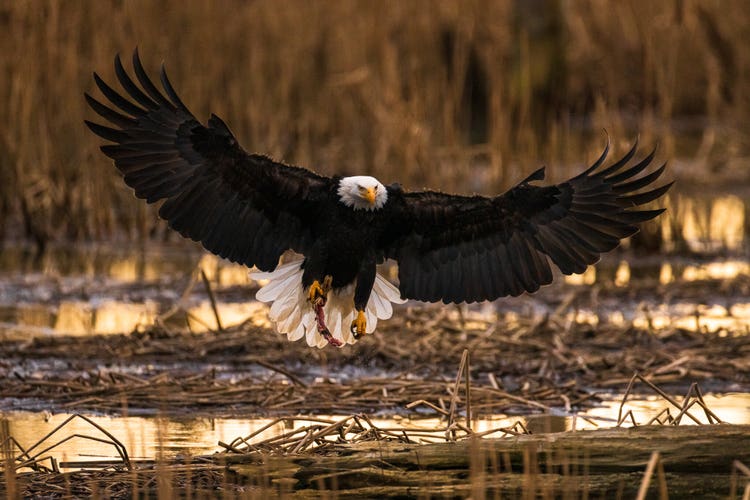

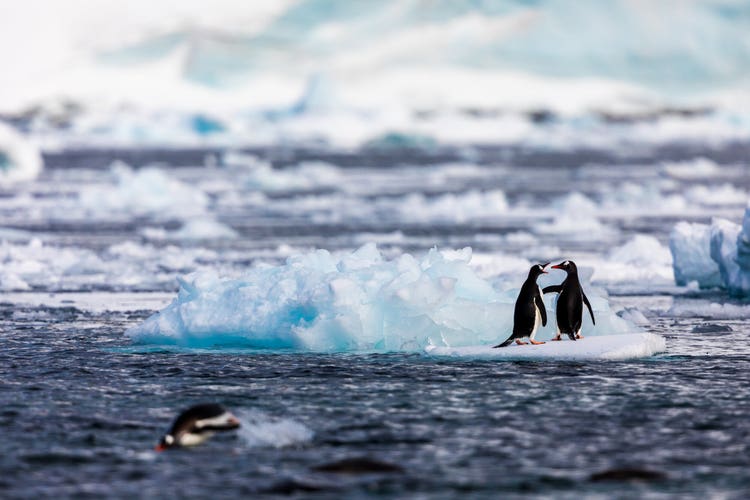
I enjoyed photographing this “conversation” between two penguins, while a porpoising penguin swam in the foreground.
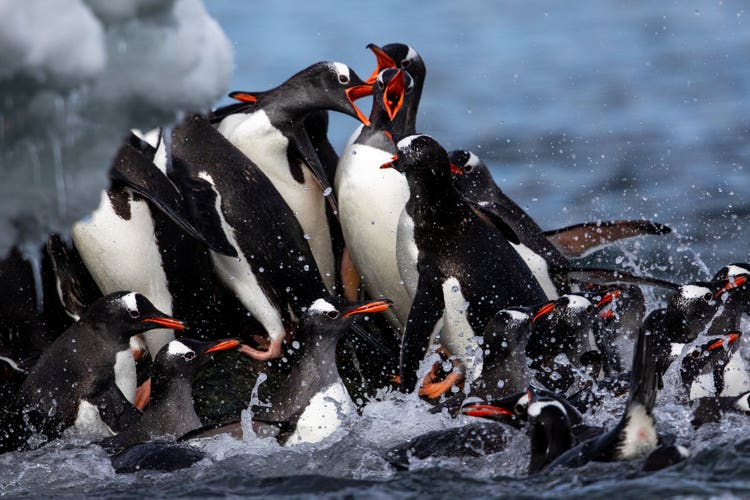
I could sense there might be drama as a group of penguins clamored to get from the ocean onto the ice, so I waited until their activity reached a chaotic frenzy.
Play with scale
When the opportunity presents itself, I like to experiment with scale. I’ll often try to get a mix of tighter shots and wider shots. I like to photograph animals in the context of their environment - I think it helps tell a compelling story about their world.

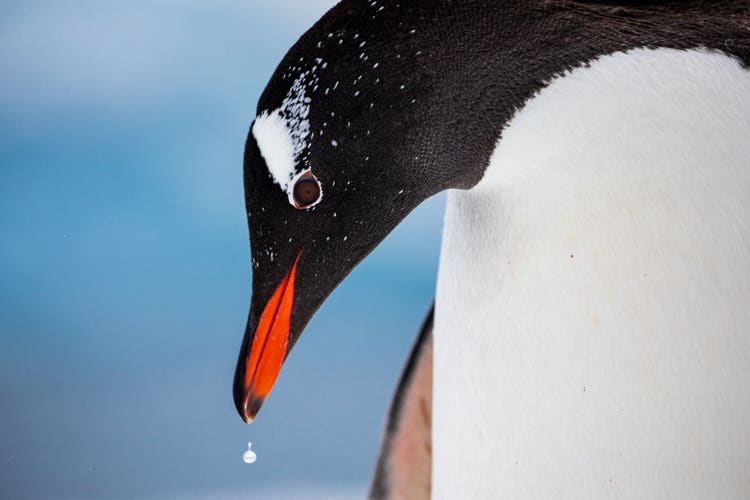
Find interesting backgrounds
Rather than going around trying to photograph everything, I try to focus my energy and look for a striking background. I frame up and wait patiently for an animal to cross the frame. This is easier to achieve if you’re in a spot with dense wildlife.
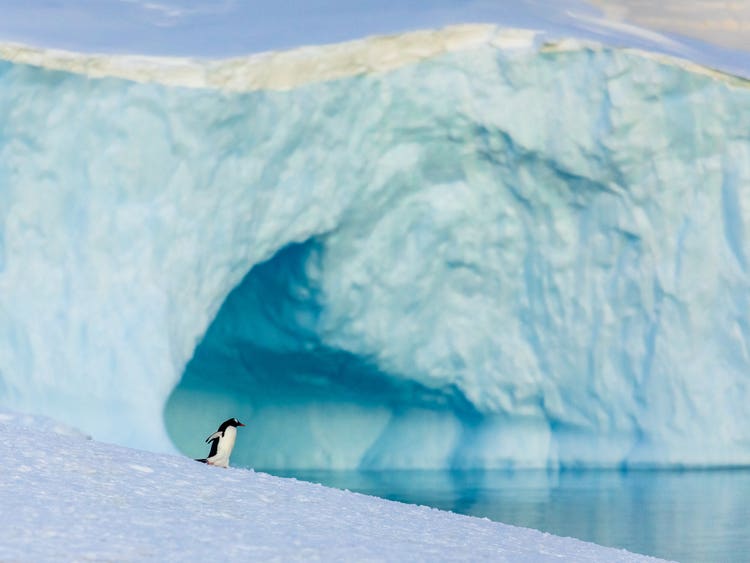

Photograph multitudes
While portraits of individual animals can showcase their personality, photographing multitudes of animals is an interesting way to show how they interact with each other and the world around them. One of my favorite moments was watching a “blastoff” of snow geese at sunrise in Bosque del Apache, New Mexico. It was unlike anything I’d ever seen or heard.
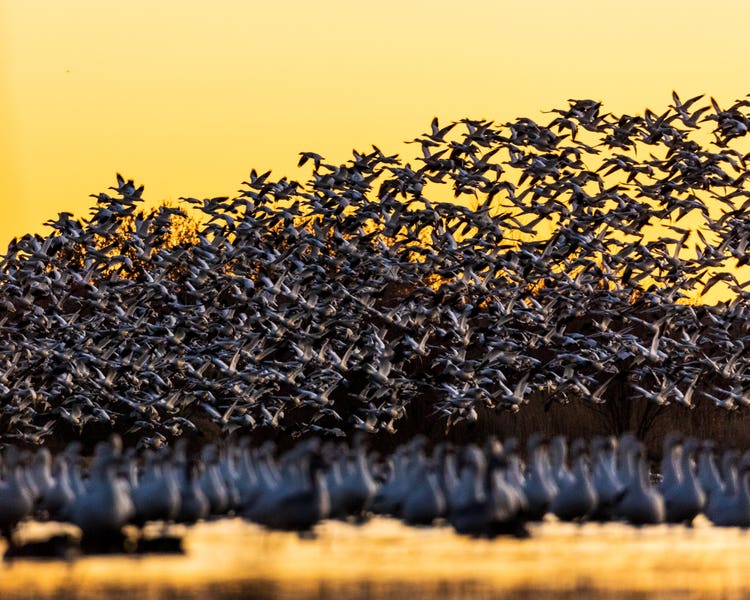

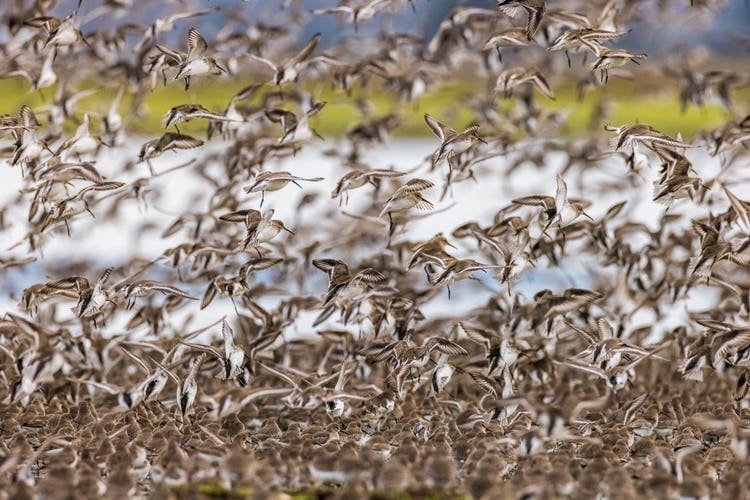
Don’t forget to lay low
Wildlife photography involves finding the right physical position. Since animals are often much shorter or smaller than we are, getting on their level sounds like it would be intuitive, but many people forget in the moment. When I'm photographing animals, I'm often lying face down in the mud and the snow, as close to their eye-level as possible. (My investment in waterproof pants and jackets has really paid off!)
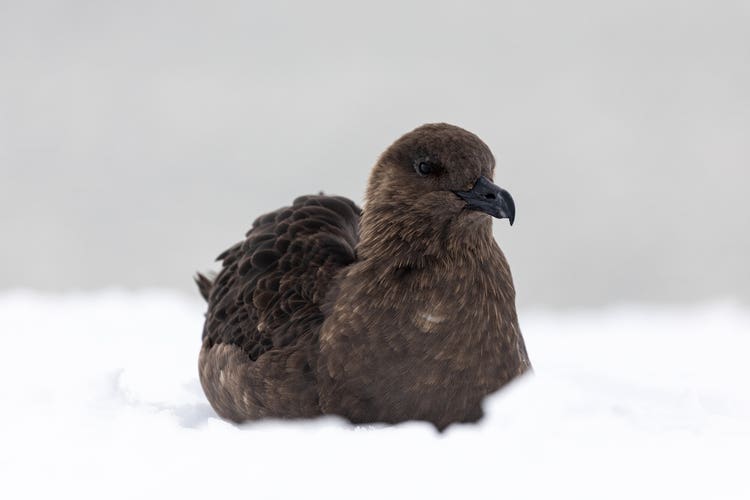
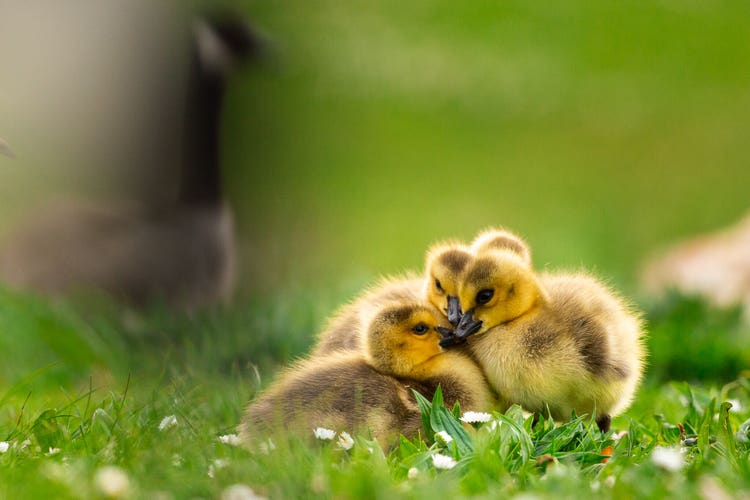
Embrace grittiness
Nature isn't clean. Polished animal portraits are nice, but the grittiness of reality almost always tells an interesting story. I like to embrace it when photographing wildlife because it inevitably shows the character of the animals.
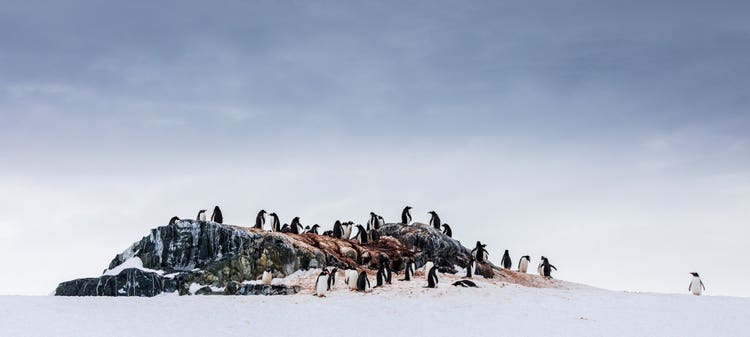
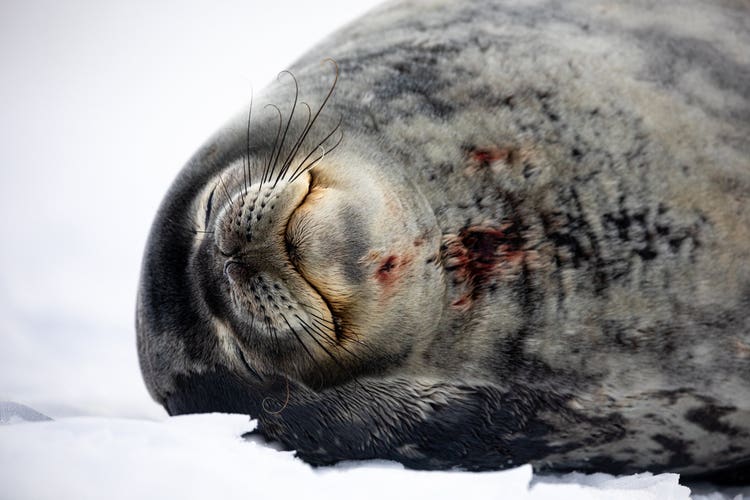
Look for reflections, interesting forms, and silhouettes
Reflections lend themselves to interesting compositions, and I use them whenever I can. A still pool of water is always a helpful photographic tool for capturing reflections. I also try to use silhouettes in some cases to simplify animals into their basic forms and shape—it can be a fun creative challenge. The simplified forms and shapes created by shooting in silhouette can introduce constraints that bring focus to a visual story.
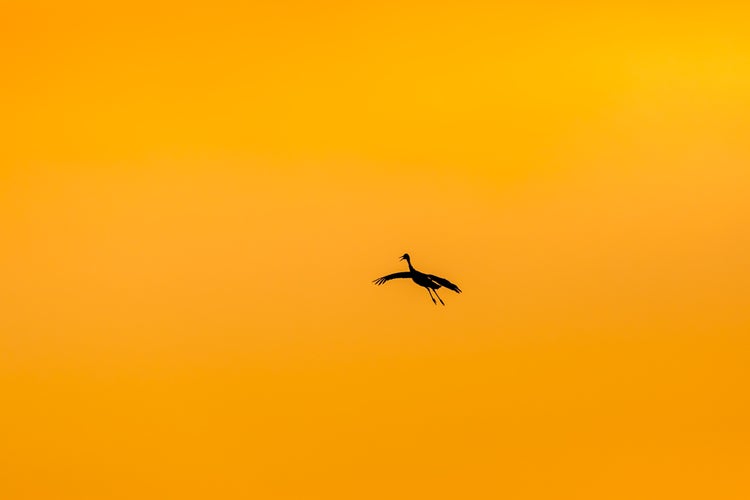
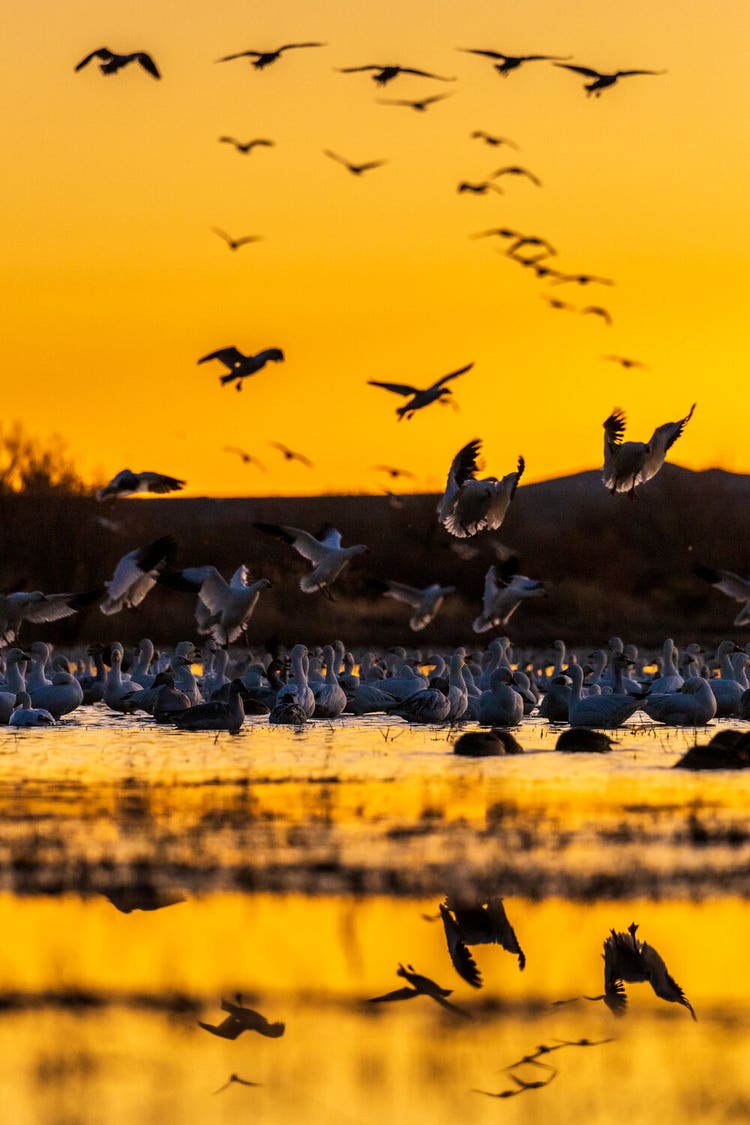
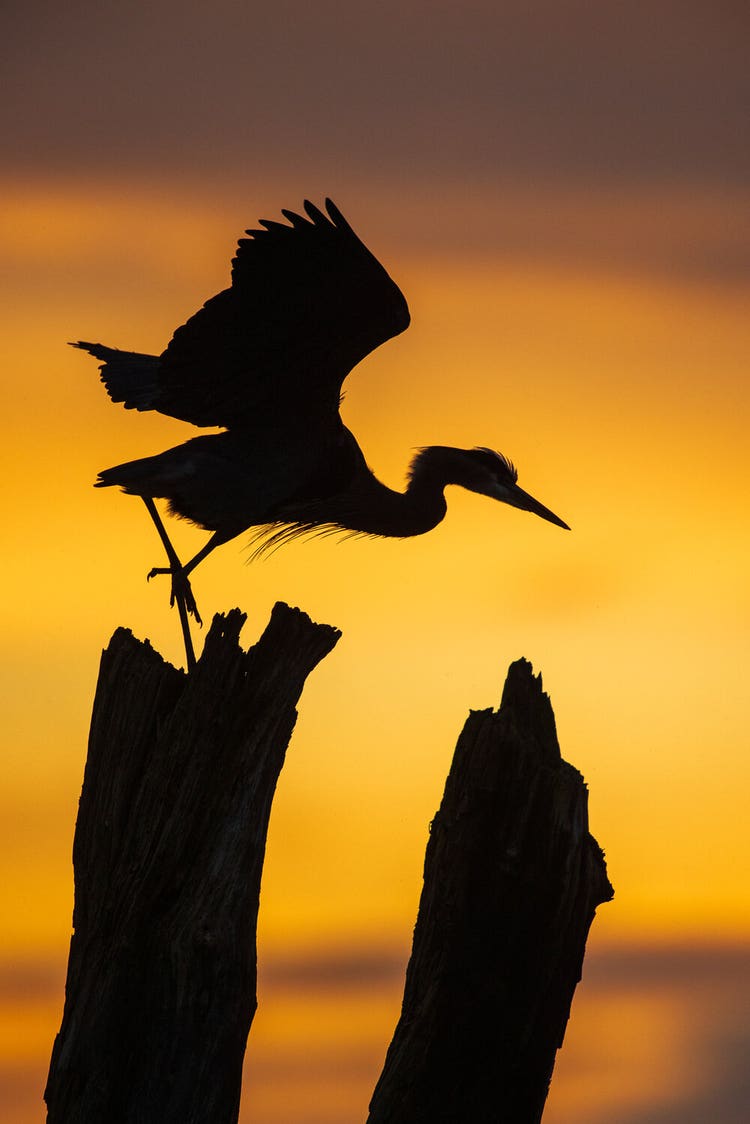
Find wonder wherever you are
It’s not possible to be in exotic destinations all the time, but there is plenty of wonder to be found closer to home. Whether you’re using a macro lens to photograph your local bugs or breaking out a telephoto lens to photograph the birds that are nesting in your neighbor’s tree, don't forget to look for opportunities to photograph wildlife wherever you happen to be!
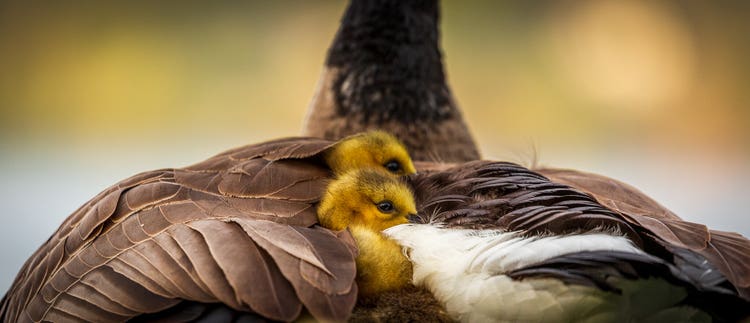


Becoming a more confident wildlife photographer has been incredibly rewarding (there are more photos on my Instagram) and I hope these tips will inspire others to start taking notice and photos of the wildlife around them.